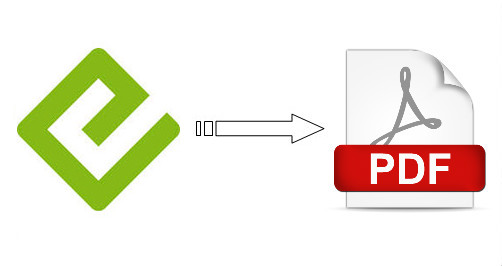How to Sell on Amazon Without Inventory: Beginner’s Guide
- Choose a Print-on-Demand Service:
Partner with a reliable print-on-demand service that integrates with Amazon. These services handle the printing, fulfillment, and shipping of your shirt orders. Select a provider with a vast selection of shirt styles, high-quality printing, competitive pricing, and reliable shipping times. Popular options include Printful, Merch by Amazon, and CustomCat.
- Create Compelling Shirt Designs:
In the context of how to sell on Amazon without inventory, design unique and eye-catching shirt designs that resonate with your target audience. Use graphic design tools like Adobe Photoshop, Canva, or Illustrator to create professional designs. Ensure your designs comply with Amazon’s content policies and copyright guidelines.
- Set Up Your Shirt Listings:
Create engaging and optimized shirt listings on Amazon. Write compelling product titles, detailed descriptions, and bullet points that highlight the features and benefits of your shirts. Use high-quality images that showcase your designs from various angles.
- Promote Your Shirts:
Leverage Amazon’s advertising options, such as sponsored products or sponsored brands, to increase the visibility of your shirt listings. Utilize social media platforms, influencer marketing, and email marketing to drive traffic and generate sales.
- Offer exceptional customer service.
Provide excellent customer support by promptly responding to inquiries, addressing concerns, and handling returns or exchanges. Aim for a seamless customer experience to build trust and positive reviews.
- Monitor performance and optimize:
Regularly analyze your sales data, customer feedback, and competitor trends. Adjust your designs, pricing, and marketing strategies based on customer preferences and market demands. Continuously improve your shirt offerings to stay ahead of the competition.
How to sell items on Amazon without inventory
1. Conduct thorough market research to identify profitable product niches with high demand and low competition. Utilize Amazon’s Best Sellers Rank, keyword research tools, and competitor analysis to gauge market potential.
2. Create a professional seller account on Amazon. Choose the appropriate seller plan that aligns with your business goals. Complete the registration process, provide accurate business information, and verify your identity.
3. Establish partnerships with reliable suppliers who offer dropshipping services or wholesale arrangements. Ensure that they have a proven track record of timely order fulfillment and quality products. Platforms like Alibaba, Thomasnet, or SaleHoo can help you find reputable suppliers. (Tips for how to sell on Amazon without inventory: To sell on Amazon without inventory, consider utilizing the FBA (Fulfillment by Amazon) program and sourcing products through dropshipping or partnering with wholesalers or manufacturers who handle the inventory and shipping for you.)
4. Create persuasive and optimized product listings on Amazon. Use high-quality images, detailed descriptions, and relevant keywords to attract potential customers. Be transparent about product availability, shipping times, and any other pertinent information.
5. Integrate order management software or systems that can automatically forward customer orders to your suppliers. This streamlines the order fulfillment process, reducing errors and saving time.
6. Offer exceptional customer service to build a positive reputation. Respond promptly to customer inquiries, address concerns, and provide accurate shipping updates. Ensure a smooth return and refund process to maintain customer satisfaction.
7. Regularly analyze competitor pricing and adjust your prices to remain competitive. Consider factors such as supplier costs, shipping fees, and Amazon’s fees when determining your pricing strategy. Utilize automated repricing tools to stay on top of pricing fluctuations.
FAQs






